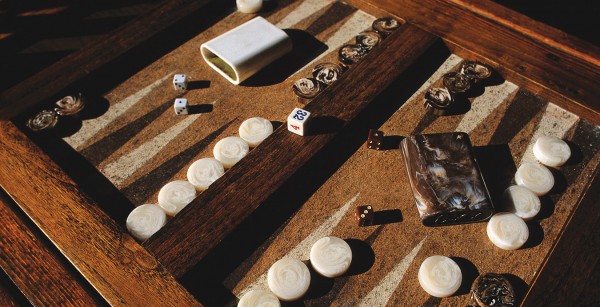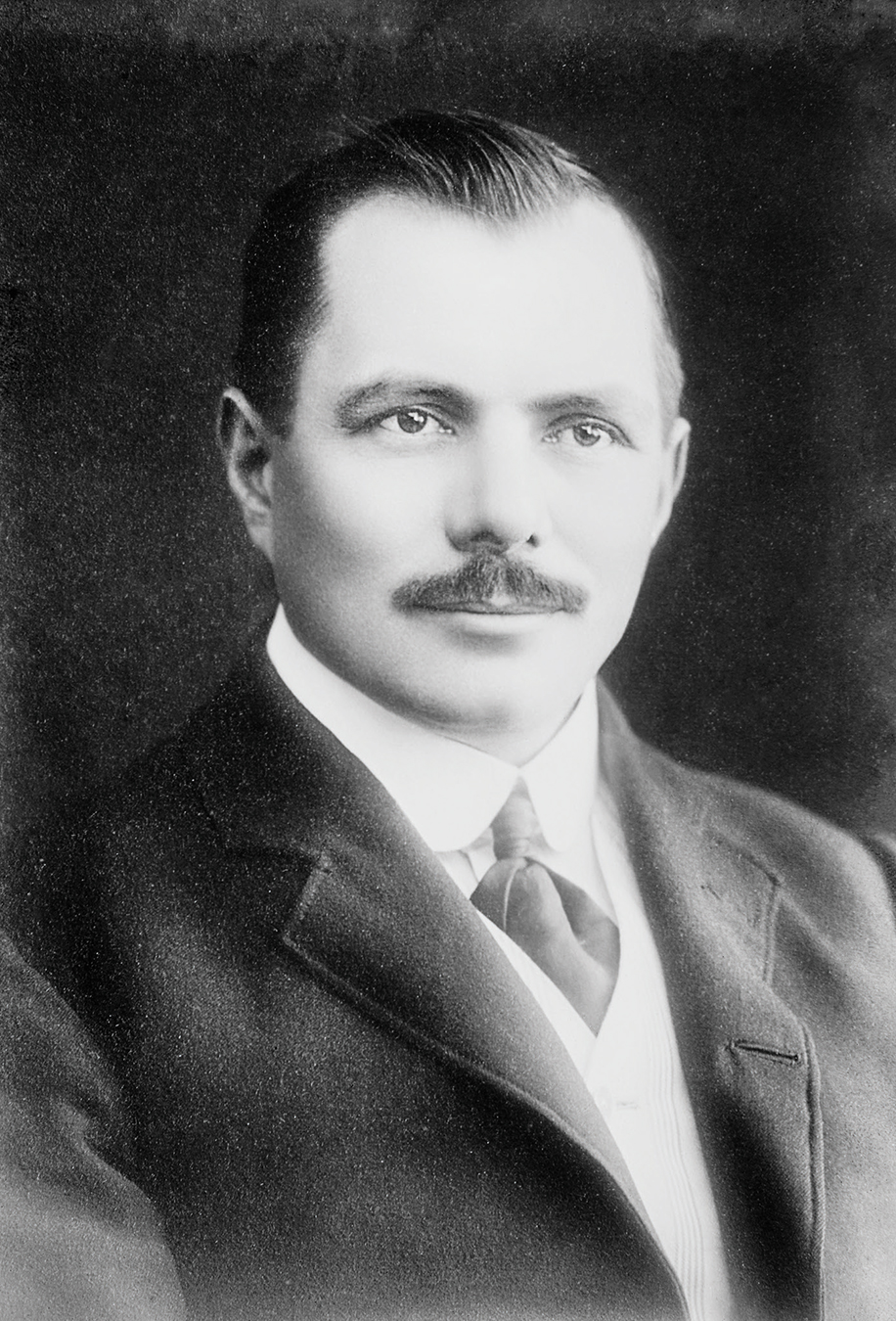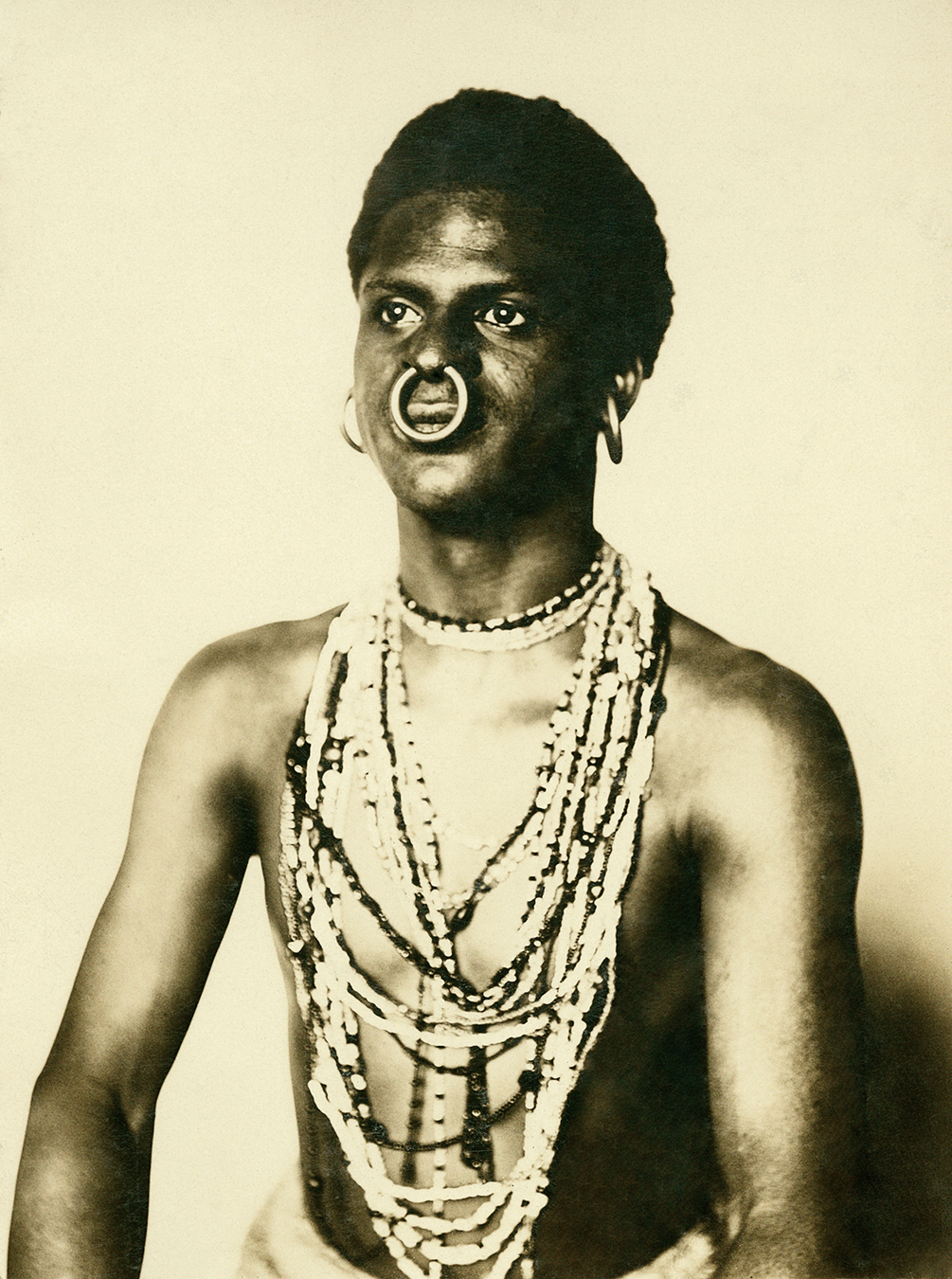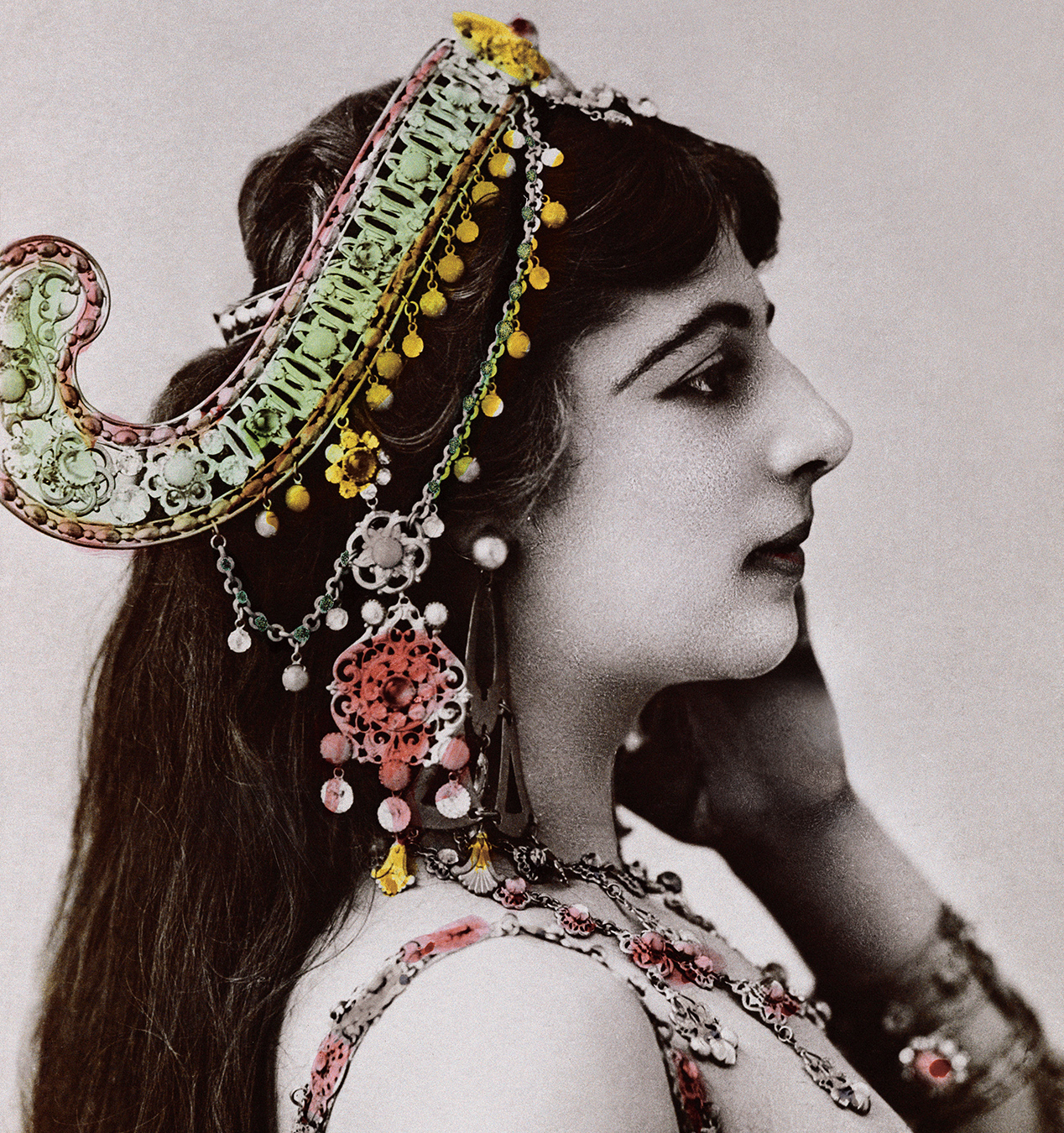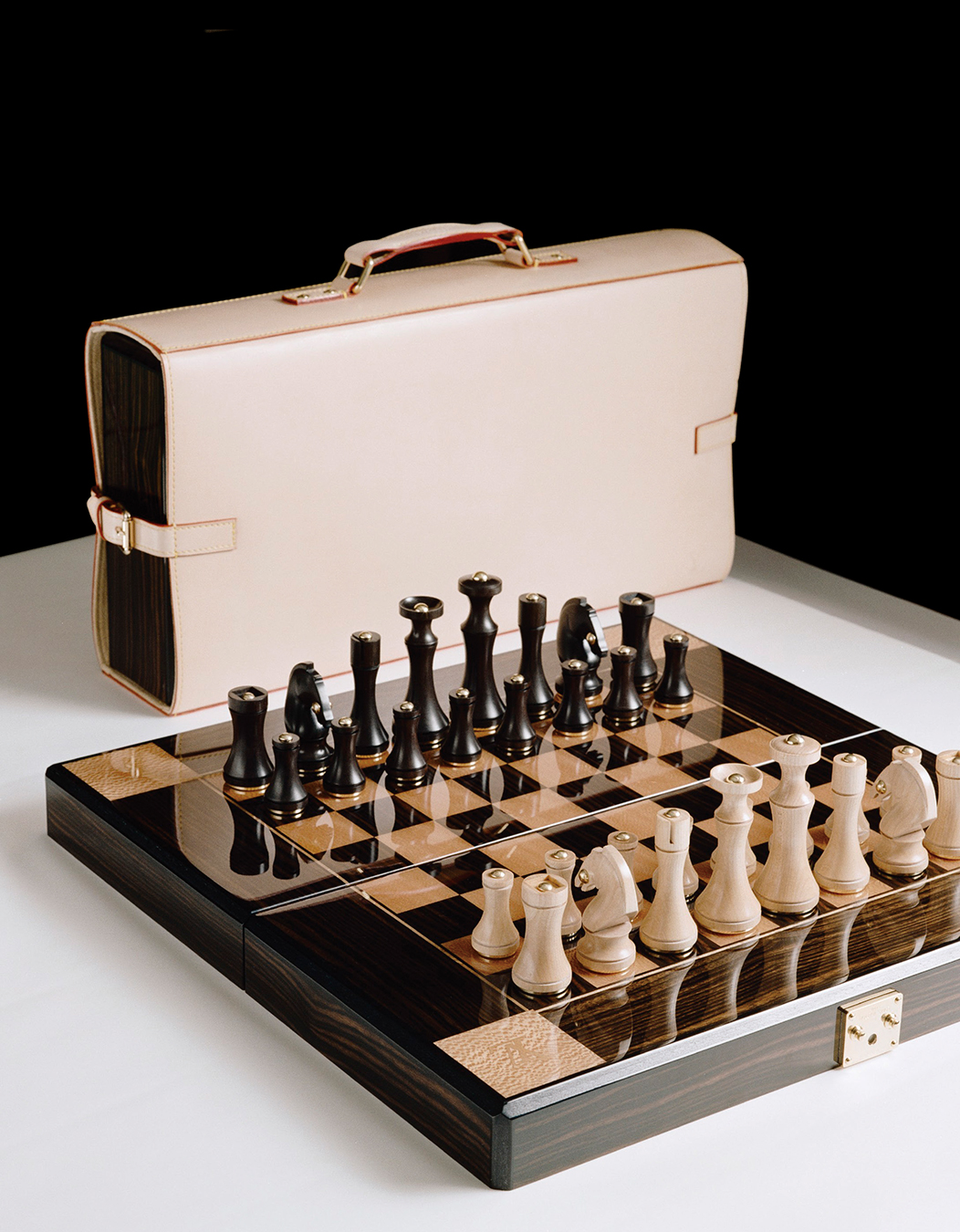Monopoly, Scrabble, Chess and War
How you fight the game.
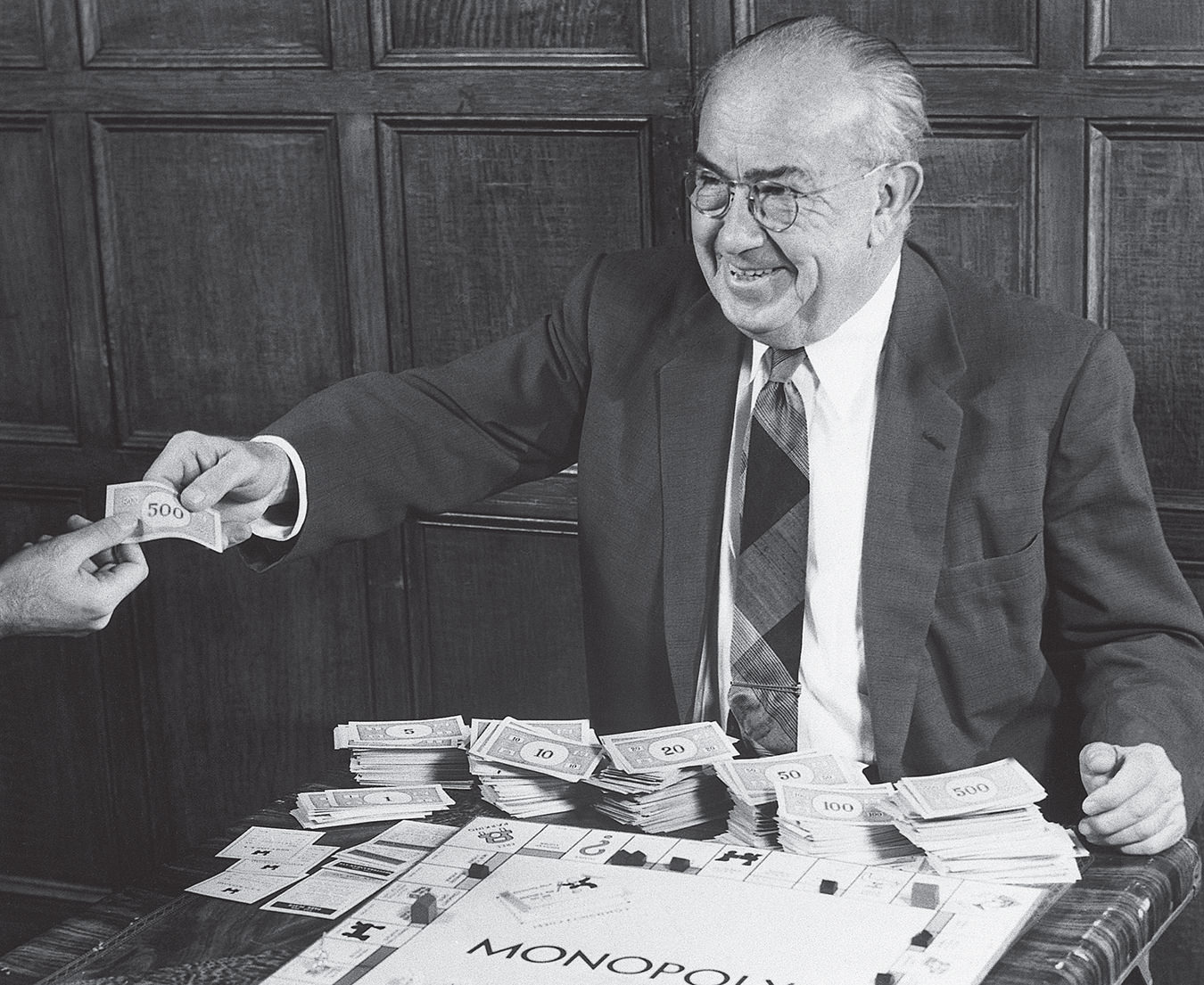
It was a time of war. Yet there was no news from the front and none would come quickly. The outcome was far from certain and time hung heavily at court. A clever man, instructed to come up with some diversion, invented a startling board war game between four kingdoms that was an instant success. The game was Chaturanga, the earliest known form of chess based on the four divisions in the Indian army. Accompanying the raja: chariots, war elephants, cavalry and infantry. Each piece had a distinctive way to travel across the squares before engaging opponent pieces. The legend goes further. As a reward for creating such a compelling pastime, the king—we assume he returned victorious—offered the man whatsoever he desired. His request: a single grain of wheat for the first square of the board, doubling the number of grains with each subsequent square, two on the next, four after that, eight following, and so forth to all sixty-four squares. The king, thinking nothing of it, agreed. Shortly after, panicking ministers informed him it added up to uncountable billions of grains; all granaries would be emptied without even half the squares assessed: the people would starve and the kingdom fall. A canny vizier wryly whispered a solution to the anxious king. In order for the mathematically sophisticated inventor to legitimately claim his prize he would have to count out each and every grain by himself. An impossible task fitted nicely to an unfeasible reward.
An interesting story, but sadly, perhaps untrue. The earliest written chess reference in India comes from a high romantic Sanskrit classic, the Vasavadatta, dating around 600 C. E. A prosaic mention suggests chess was already a well-established habit among Indian royalty as the preferred method of spending time during the rainy season.
Ancient Persia—now Iran—had a version which they called Chatrang. Instead of a four-player/four-army scenario, it was streamlined to two opponents with doubled forces. Beside the king, a counsellor or vizier piece had been added.
Indeed, chess seemed to reinvent itself with every country culture that embraced it. Chinese elephant chess, Japanese chess Shogi, Burmese and Thai versions of chess are still played today with differing boards, pieces and play. In the western Christian lands, the vizier put on drag to became the queen and was given extraordinary powers of movement. The elephant had its contours reduced in Islamic countries, and in Europe this mutated shape was quickly recognized as a bishop’s hat and transformed. While the chariot had become the rook, only the cavalry or knight remained the same.
Chess, from its inception and in all its versions, was considered essential to the study of war and strategy. In 1060, William the Conqueror, incensed at losing to the Prince of France, broke the chessboard over the hapless Prince’s head. William eventually applied his poor loser lessons to the problem of England and checkmated the newly crowned Harold II at the Battle of Hastings in 1066.
In diplomatic hands that symbolic game of war could sometimes side-step bloodshed. In 1454, Lord Tadeo Parisio of Marostica, Italy wishing to avoid a deadly duel between two rival Lords over his daughter’s hand, arranged instead a game of “Living Chess.” The town’s piazza was converted into a life-sized board with sumptuously dressed people in black or white acting as pieces including small wheeled towers steered by two people as rooks and armoured men on horses for knights. At the final checkmate, there was celebratory music, military parades and fireworks. Even the loser had a consolation prize: Lord Parisio’s younger sister’s hand in marriage. To this day Marostica, north of Venice, re-enacts these events in September of even numbered years.
Amodern variant is alcoholic chess. Instead of the usual pieces, glasses or even whole bottles of strong drink occupy the squares of a large board. If you capture a piece you are obliged to down the contents before making the next move. German Grandmaster Emmanuel Lasker (1868-1941) once handily won a game by liquefying his opponent’s brain with the strategic sacrifice of his queen early in the game. Conveniently, it was a quarter-litre bottle of cognac.
Perhaps the mere temptation of this version is why Iran, formerly chess fanatic Persia, is the only country in the world today to outlaw the playing of chess, in all its variations.
Backgammon instead became Islamic nations’ game of choice. Its origins, too, are obscured by remote antiquity. Some like to point to the ancient Egyptian game of Senat found in numerous royal tombs or the Royal Game of Ur from Mesopotamia. The rules for both are lost but re-construction suggest features from Backgammon, particularly the goal of successfully bearing off all your men from the board.
The ancient Greeks had their version, with Herodotus claiming the Lydians—which bordered on Persia—invented it. Romans had a very popular form that spread throughout their Empire called Twelve Lines, a clear progenitor of Backgammon, which evolved into Tabulae or Tables. Emperor Claudius (41 B.C.E.-54 C.E.) was such an addict, he had a board mounted in his chariot so he could play while travelling.
Like chess, Backgammon continued to evolve. The eastern version used two dice, whereas westwards in Rome, three were the norm. After Rome fell, the two-dice Backgammon eventually backtracked through Europe again, leaving us with the version we know. The last major change occurred in the 1920s with the introduction of the doubling cube and rules for international play were codified one last time in 1931. Today, the computer and on-line gaming has provided a new surge in the game’s popularity.
Mid-nineteenth century chromolithography, a colour printing process, had enormous impact on the nature and invention of board games. It produced vivid boxes and boards rendering hand-coloured versions obsolete and enabling mass production.
These games frequently had had morality as the basic premise. Snakes and Ladders concerned Sins and Virtues in its earliest Indian incarnation as it did in Christian lands. Yet by the end of the eighteenth century, the emphasis of these and other games had decidedly shifted to a more mercantile and monetary incentive. And thereby hangs a tale of skulduggery.
In 1903, Lizzie Magie, a young Quaker woman, strongly believed in the single tax system. An idea circulating for thirty odd years, it stated: rent and soaring land prices profited only a suspect few rather than the deserving majority who had created the value of the land. A single tax on land alone, so went the thinking, could meet all the needs and costs of government. Land speculation would founder and monopolies would subsequently lose the power to suppress competition.
Lizzie thought the best way to promulgate this concept was to invent an entertaining game—The Landlord’s Game. There were utilities, railroads, even a poorhouse and of course banks. Rental properties had different colours and differing rents depending on their location on the board. There was also a Jail to which you were sent for various reasons, including landing, i.e. trespassing,—on Lord Blueblood’s Estate. Lizzie patented the game and it spread rapidly among friends, single taxers, teachers, professors and others like-minded. They would copy the game, making their own versions by transposing street names from their own towns onto home-made boards drawn with a crayon onto linen or oilskin cloths. This folk game was a remarkable grass roots phenomenon, spreading entirely by word of mouth. The rules evolved to allow properties to be bought by auctioning them off, and the name of the game became “Auction Monopoly” and eventually “Monopoly.”
Depression 1933 and enter Charles Darrow who was strapped for cash. He sold the Atlantic City version of the game to Parker Brothers claiming it as his brainchild. In the first year of production alone, Parker Brothers sold nearly a million games and it was instrumental in staving off their near bankruptcy.
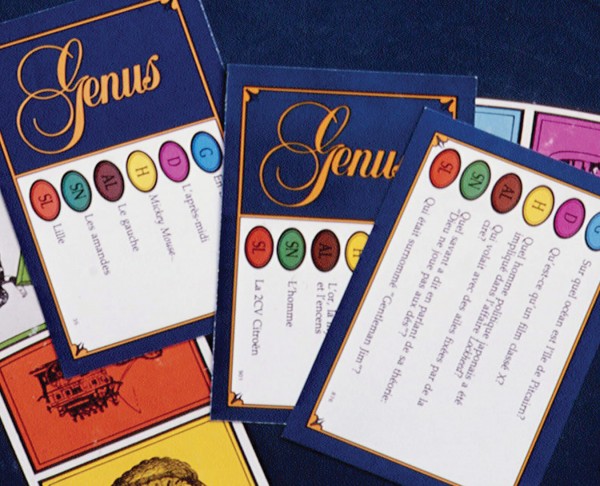
Photo: ©AMET JEAN PIERRE/CORBIS SYGMA/MAGMA.
When they discovered the deception in 1935, they began desperately buying up all the earlier versions of the game to protect their patent. It worked for nearly 40 years until a court case finally exposed the whole hoax. We now know that Lizzie had been paid only $500.00 for the rights, pleased that it would promote the single tax philosophy.
Scrabble, on the other hand, was the brainchild of a modest, mild-mannered, bespectacled architect, Alfred Butts. In 1931, out of work, with time on his hands, Butts combined his love of games and words, inventing the game of Lexico using letters on cardboard squares, the letter frequency and value calculated from the New York Times front page. The patent office and the game companies—including Parker Brothers—turned him down. Undeterred, he sold or gave copies of the game to friends. In 1938, inspired by the popularity of crossword puzzles, he developed a 15 by 15 square board on which to place the letters. This version he called Criss-Crosswords. Again, he was rejected by the patent office and game companies. Finally, in 1948, James Brunot, seeing the potential, became a business partner and with his wife and Butts fine-tuned the game making, perhaps, the most important change of all. The name: Scrabble. For several years they hand-stamped letters on small individual wooden tiles, assembling games in Brunot’s living room.
Sales, however, were slow and the trio was losing money when in 1952, Jack Strauss, Chairman of Macy’s discovered and thoroughly enjoyed Scrabble while on vacation. Aghast to find that “Macy’s doesn’t stock it!?”—fortunately, neither did Gimbels—he placed a huge order. The Brunots could not keep up with the sudden demand—6,000 sets a week—and had the large New York game manufacturer Selchow & Richter manufacture the sets with Macy’s providing the promotional campaign. Within a year Scrabble had become a craze—astoundingly there were 1.1 million games in the U.S. with an estimated ten million players. By 1954, it was four million sets and already spreading far afield, surpassing Monopoly. Australia and England fell prey to the mania. French, German, Dutch, Italian, Spanish, Russian, Hebrew, Arabic and Braille versions were created.
In 1953, just as the Scrabble phenomenon was taking off, Brunot sold the complete North American rights to Selchow & Richter—one of the companies that had originally rejected Criss-Crosswords. In 1987, Milton Bradley eventually bought the rights. Fifty odd years previously, they, too, had been similarly short-sighted.
Today, Scrabble and Monopoly join Chess and Backgammon in the pantheon of cultural competitions that cover the globe. And strategies for playing them continue to intrigue each new generation of players.
Stephen Potter, author of Theory and Practice of Gamesmanship Or The Art of Winning Games Without Actually Cheating, (1947) had a most ingenious method of playing. He called it “polite psychological warfare,” the sole goal being to build his reputation. In chess, he would make his first few moves seemingly at random, then offer to resign. To his startled opponent, Potter blithely extemporized with inventive chess babble: “Well, your last move was brilliant! You’ll take my queen in nine moves, of course, regardless of my knight sacrifice.” He would finish by asking permission to take notes, hinting that certain chess publications usually published anything he sent in. Without winning a single game—appearing to lose for the game’s sake—his local renown as a chess player was considerable.
He would not have succeeded with an 8th century Caliph though. A famous player thought it politic to surreptitiously lose to the august presence. The Caliph saw through the ploy and had the man executed for debasing the game.
Today, we may not take our board games that seriously but from the street corner Chess or Backgammon parlours popular in all large cities to the massive Monopoly and Scrabble competitions, in which Canadians tend to do well, to cyberspace play, the board games maintain their universal recognition and appeal. Playing is its own reward even if we do not have quite the recompense promised Alice in those well-known pages glorifying the board game sport: says Red Queen to Alice in Through the Looking Glass,“the Seventh Square is all forest—however, one of the Knights will show you the way—and in the Eighth Square we shall be Queens together, and it’s all feasting and fun.” Alice got up and curtseyed, and sat down again.

